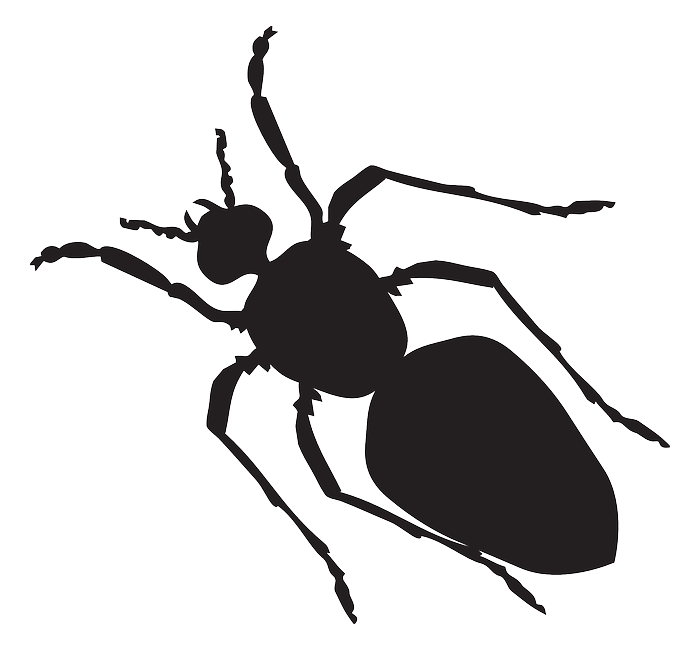Copyright © University of Cambridge. All rights reserved.
Pairs of Legs
How many legs does each of these three creatures have?
How many pairs is that?
How do you know?
What about these three creatures?
You can download a set of animal cards to cut out. Can you match the animal to the number of pairs of legs it has?
Did you know that legs on living creatures always come in pairs?
Why do this problem?
This problem relates counting in twos with the natural phenomenon that legs on creatures always come in pairs. It might be best done with a small group of children.
Possible approach
You will need a set of the six animal cards. Alternatively, you could use the set of eight animal cards which also includes a centipede and a millipede along
with name cards.
You could start by showing the children all the pictures of the animals. If they need prompting, ask them to talk about what they see. They are likely to mention a whole variety of things, but focus in on the number of legs the animals have, perhaps by saying something like, "Tell me about the animals' legs".
Lay out the other cards which have the number of pairs of legs written on them, and without saying much else, invite the children to match the animal to the number of legs it has. Depending on how well the pupils can read, you may want to read each card aloud. Try not to intervene as they tackle the task but listen and watch what they do. (If you are using the name cards too,
you could introduce them at this stage as well.) You might wish to leave the centipede and millipede to be done later as they do not have exact numbers of legs - but these do always come in pairs!
Once the group is happy that they have sorted the cards, ask them to explain to you how they did it. This will give you some insight into how well they understand the concept of pairs. It might be appropriate to check the matching together by asking individuals to count the legs in whatever way they feel most comfortable. If they count in ones, challenge them to tell you
how many pairs that makes and support them in modelling ways to do this. You may find that even numbers come up in conversation too.
Can they think of anything else that comes in pairs as well as legs?
Key questions
How will we find a card to go with this one?
Tell me about what you've done.
Possible extension
Learners could look up other animals and creatures and their numbers of pairs of legs. You could go on to an activity such as Noah, which asks children to suggest animals that have a particular number of legs in total. Alternatively, they could try Number Tracks.
Possible support
Some children may need more practical experience of pairing before having a go at this activity, for example using socks or gloves or shoes.





